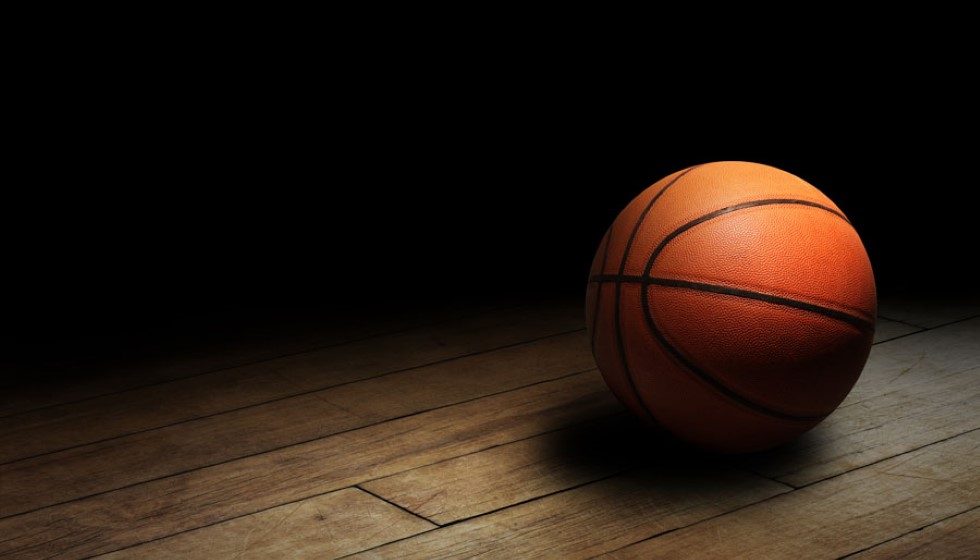
Oklahoma City Thunder's Strong Start and Challenges Ahead
The Oklahoma City Thunder have emerged as early frontrunners in the new NBA season, starting with an impressive 11-4 record. This powerhouse performance comes largely thanks to their formidable defense, recognized as the best in the league. Combined with the second-best net rating, the Thunder are shaping up to be formidable contenders.
However, the season has not been without its challenges. Key player Isaiah Hartenstein has just returned from a non-displaced fracture in his hand, an injury sustained during a preseason game on October 15. This setback saw him benched for the first 15 games, creating a void in the defensive lineup. Yet, Hartenstein's return comes with a silver lining; the three-year, $87 million contract he signed—which includes a team option for the final season—underscores the faith the team places in his playmaking abilities.
Injuries and Absences: Obstacles in Performance
Hartenstein's absence came at a time when Chet Holmgren also faced injury woes. Holmgren suffered a hip injury on November 10, further stretching the Thunder's adaptability on the court. These injuries compound a bigger challenge for the team, reflected in their 26th ranking for offensive rebounding percentage and even more concerning, their 29th spot in defensive rebounding percentage. These rankings signal significant areas for development if the Thunder wish to maintain their competitive edge.
The absence of size has further exposed Oklahoma City. Ousmane Dieng, the only player taller than 6-foot-6 to recently grace the court, logged a mere five minutes across the last two matches. This lack of taller players results in Holmgren often playing without another big on the floor, complicating the team's defensive strategies and limiting their rebounding potential.
Adapting to Keep the Advantage
With these challenges, the Thunder have struggled to control the boards, a fundamental aspect of maintaining dominance during games. Additionally, they rank alarmingly at 28th for opponent free-throw rate. These rebounding and defensive stats highlight potential weaknesses that could be exploited by seasoned opposition throughout the league.
Jaylin Williams has been another player dealing with a nagging injury, this time a hamstring strain. Such injuries not only affect individual performance but also hinder the team's overall dynamics and rotations. The necessity for improving conditioning and comprehensive recovery protocols becomes evident when injuries plague key players early in the long NBA season.
Strategic Enhancements and Future Outlook
Despite the obstacles, the team remains optimistic, given their strong start and robust defensive play. Coach and management must now focus on addressing these areas where they underperform. Strategies to bolster offensive and defensive rebounding can make a crucial difference in tight games, and with Hartenstein back, the Thunder can leverage his playmaking skills to enhance their strategies.
The role of every player must now be re-evaluated to accommodate current injuries and performance gaps. The versatility and adaptability of this roster will be essential in sustaining their promising season start. Oklahoma City's management will be keen to monitor performances and perhaps explore additional signings or trades that can provide the necessary boost in player presence and capability on the floor.
In summary, the first part of the season has revealed both the prowess and the pitfalls for the Thunder. Navigating through injuries and refining their play will be critical as they strive to consolidate their position at the top of the league standings. With Hartenstein back and improvements on the horizon, the Thunder aim to refine their approach and maintain their impressive entrance into the 2023 NBA season.